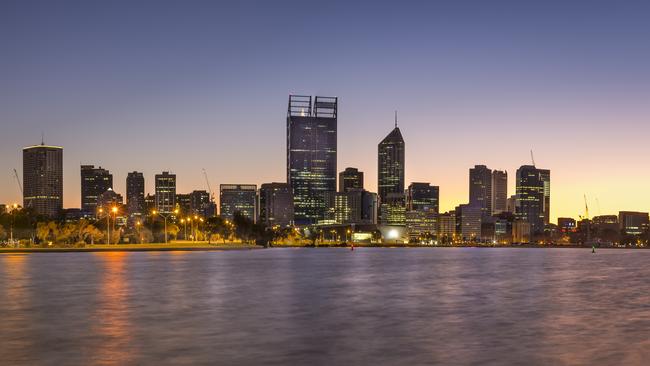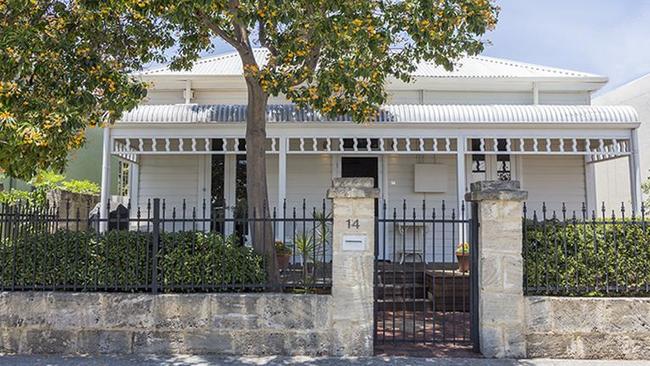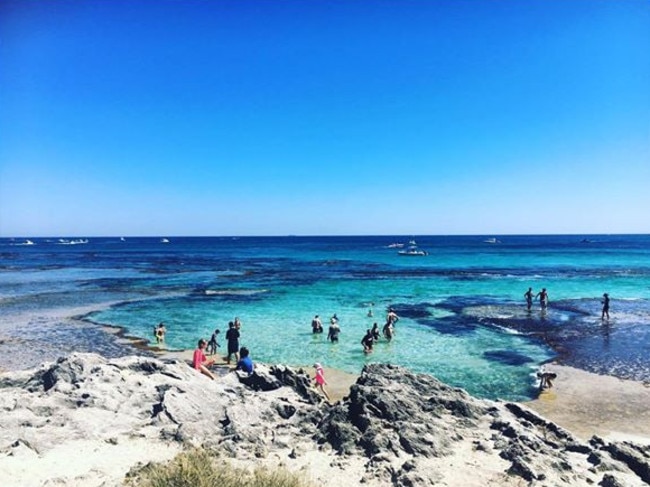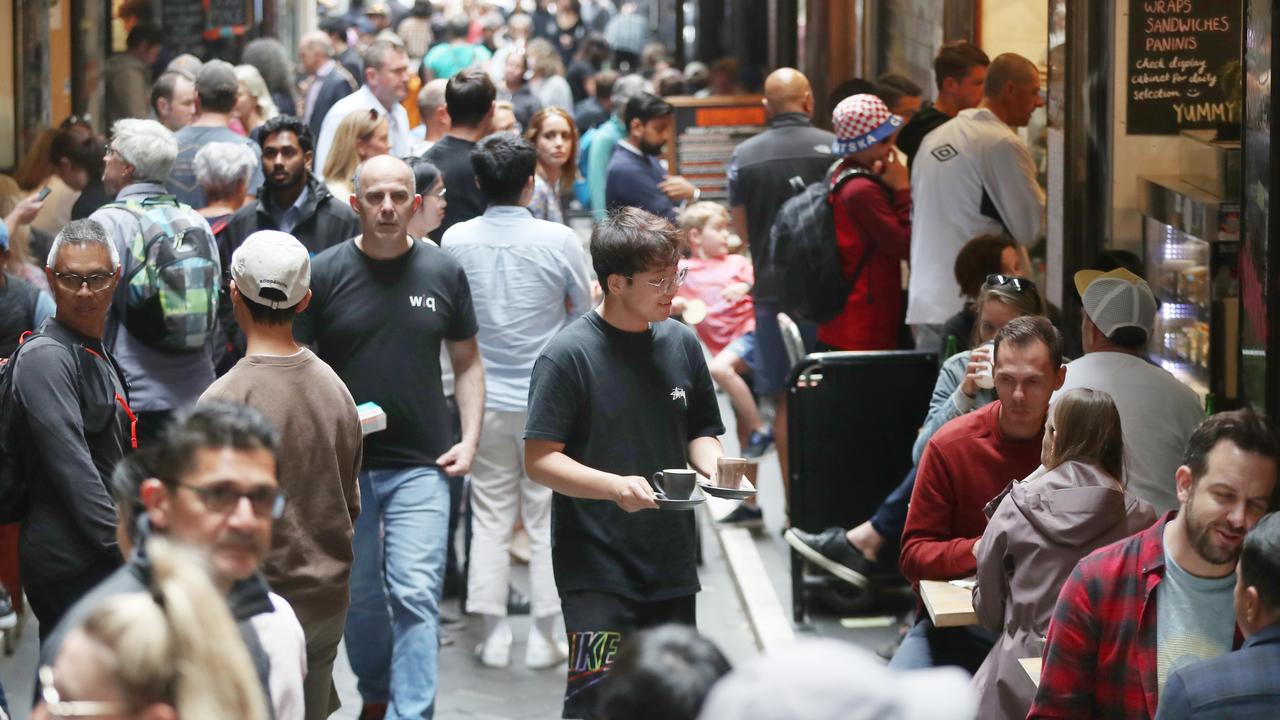Why WA is falling behind the rest of Australia
JOBS are falling, as are house prices and Western Australia looks to be in real trouble. The problem is only set to get worse.

WESTERN AUSTRALIA was once a booming, rich, mining state. A place where FIFO workers earned big bucks, lived in mansions, drove luxury cars and rode jet skis on their weeks off.
Now the heyday is over and the former mining and construction workers are struggling to find work.
WA’s job market is bleak to say the least, according to the latest Australian Bureau of Statistics figures.
Fulltime jobs for West Australians have been hard to come by for the last 24 months, falling from 958,300 in December 2014 to 902,200 in December 2016. This means WA has averaged a loss of 2945 fulltime jobs a month.
Meanwhile there was a slight improvement in WA’s unemployment rate — dropping from 6.9 per cent to 6.6 per cent for December.
But according to former chief economist at ANZ and Bank of America Saul Eslake those figures can be deceiving.
“When the mining industry expands people move over from the eastern states,” he told news.com.au.
“Something that tends to dampen how far the unemployment rate rises is when people go home after the boom is over, they might be unemployed in NSW or Victoria.”
People are leaving the state at a rapid rate.
There were more departures than arrivals in WA for 2014-15, which has seen Perth’s rent and housing prices plummet.
In fact house prices have been dropping in Perth for seven consecutive quarters now, with prices now matching what they were in early 2013.

And in more bad news Mr Eslake expects WA’s job market to get worse this year and said it will be harder to find fulltime work.
SO WHY IS THIS HAPPENING?
Most of these fulltime jobs came from the boom time days, mid-2000s, where FIFO workers arrived in droves to get their hand on hefty salaries paid by mining heavyweights like Rio Tinto, BHP Billiton and Fortescue Metals Group.
China was experiencing an economic boom and spending big on building infrastructure, where steel or iron ore is a key ingredient.
The iron ore price surged to an average $US187.18 a tonne in February 2011, and the big iron ore players ramped up production.
That’s where the old adage “all good things come to an end” rings true and later on that year the price went on a downhill spiral.
WA Premier Colin Barnett blamed BHP Billiton and Rio Tinto for the low iron ore prices saying they were “flooding the market.”
Last year the iron ore price was hovering around the $US50-60 mark.
Consequently, there’s been more than 20,000 fulltime jobs shed in the past two years in WA mining.
And Rio Tinto plans to axe a further 500 employees before the March WA Election.
In the oil and gas sector, it’s a similar case.
The companies hire 1000s of workers during a project’s construction phase, but once they’re operating and in full-swing that number drops down to the 100’s.
A good example is Chevron’s Gorgon project, which went into production in March 2016.
The US energy giant employed around 6500 workers during the construction phase of the Barrow Island project — now that number has declined to about 350.
“The reality is the boom is over and WA’s past the peak of the boom and the respite on prices that’s been seen since doesn’t eliminate it,” Mr Eslake said.
“If iron ore and other commodity prices stay at the levels they’ve reached at recent days for any length of time there might be some respite.”
The price of iron ore reached a two year high of more than $US83 a tonne on Monday.
THE SOLUTION
Workforce diversity specialist Conrad Liveris said WA must create 1500 jobs a month to maintain the current unemployment rate.
“WA needs to look at different industries, healthcare creates about 50,000 jobs each year nationally, WA has the capacity to lead on that,” he said.
“It needs to focus on where its advantages lie — agriculture, health, higher education and trade or services.
“Barnett’s tourism push won’t lead to more fulltime jobs, they are likely to be seasonal and part-time.”

There could be further job losses if WA’s Labor Party wins the State Election in March.
Leader Mark McGowan plans to axe the $1.6 billion Perth Freight Link Project, which includes the Roe 8 extension.
Mr Barnett said the project employs, directly and indirectly, more than 3000 West Australians.
The Chamber of Commerce and Industry WA wants payroll tax to be addressed. The annual threshold is $850,000 and the industry group said its hurting businesses and preventing new jobs.
“The majority of WA businesses are small and medium sized businesses, so it’s critical WA is in a place where SMEs can succeed,” CCIWA chief executive Deidre Willmott said.
“Businesses tell CCI they’re putting a stop to employing more workers to prevent their business from being slugged with another tax.”
Mr Eslake said successive WA Governments should have been holding off on spending during the mining boom and had a “future fund.”
“This is why the State Government is appealing for approval to sell the poles and wires, which will create some money to be spent on infrastructure.
“WA can diversify its economy by branching out into other things, tourism is the most obvious one.”



